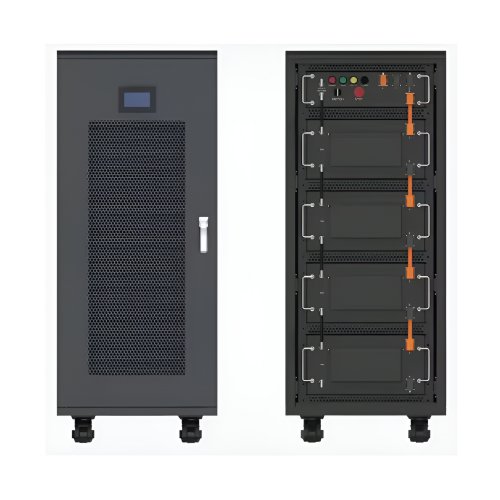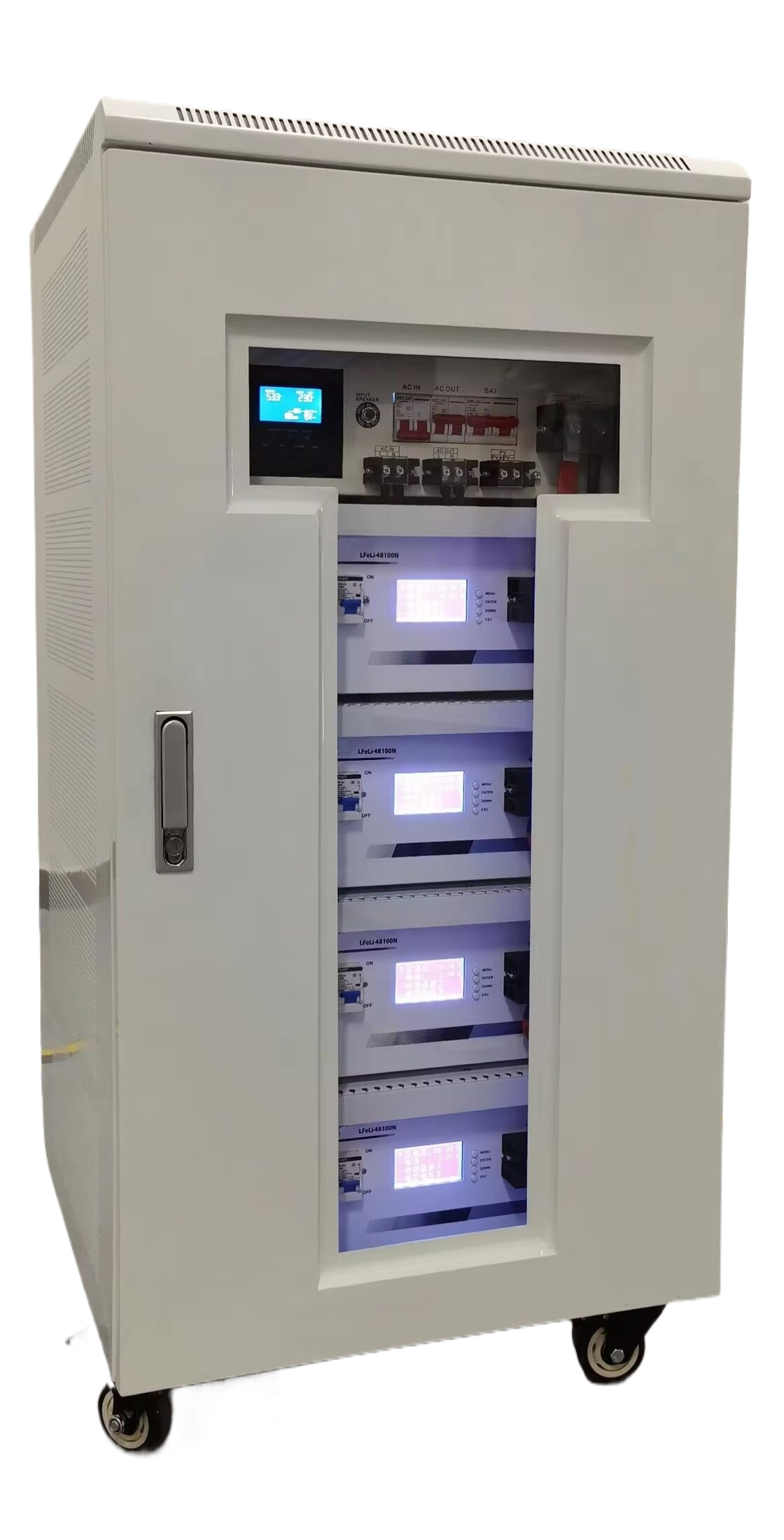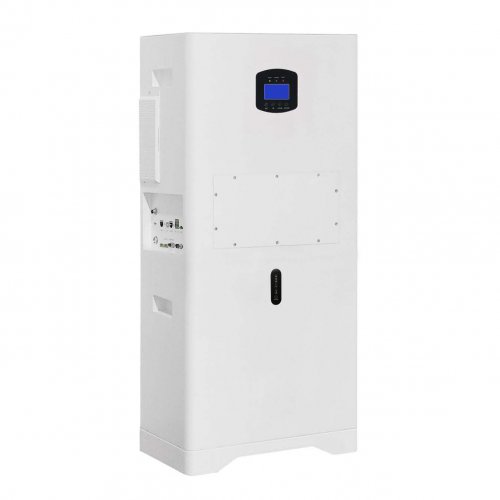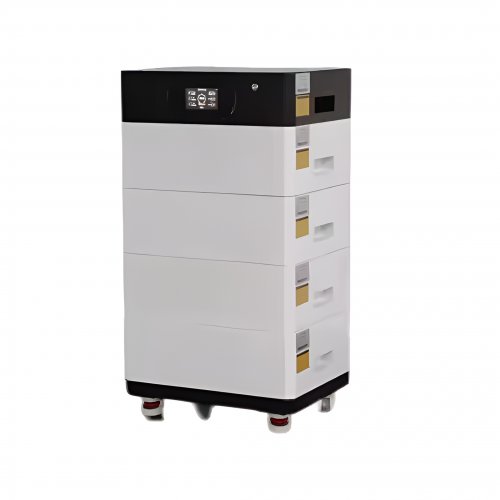Battery Safety Improvements News: Innovations And Industry Shifts Address Critical Safety Concerns
The global push towards electrification, spanning consumer electronics, electric vehicles (EVs), and grid-scale energy storage, has placed unprecedented focus on the safety of the electrochemical cells that power this transition. Incidents of thermal runaway, fires, and recalls, while statistically rare, have underscored the critical need for continuous advancement in battery safety. Consequently, the industry is witnessing a multi-faceted evolution, moving beyond incremental changes to embrace transformative technologies and proactive safety management systems.
Latest Industry Developments: From Chemistry to Software
Recent months have seen significant activity from both established manufacturers and research institutions, targeting safety at every level of battery design and operation.
A prominent development is the accelerated commercialization of solid-state batteries. Companies like QuantumScape and Solid Power have progressed from laboratory prototypes to delivering initial sample cells to automotive partners like Volkswagen and BMW. By replacing the flammable liquid electrolyte with a solid ceramic or polymer separator, this technology fundamentally mitigates the risk of fire. Toyota recently announced a roadmap to incorporate solid-state batteries in its hybrids by 2025, signaling growing industry confidence. While challenges in manufacturing scalability and cost remain, this represents the most promising frontier for intrinsic safety.
Parallel to material science, advancements in smart Battery Management Systems (BMS) are creating a digital layer of protection. Contemporary BMS units have evolved from simple monitoring devices into sophisticated predictive analytic engines. Companies such as NXP Semiconductors and Analog Devices are launching new chipsets capable of performing real-time impedance spectroscopy and detecting micro-shorts within cells long before they escalate into critical failures. This shift from reactive to predictive safety allows for early warnings and preventive maintenance.
Furthermore, the supply chain is responding with new additives and separator materials. Companies like 3M and DuPont are introducing novel ceramic-coated separators that offer higher thermal shutdown properties, preventing electrode contact during overheating. Electrolyte additives that act as flame retardants are also being refined to work without compromising the battery's energy density or cycle life.
Trend Analysis: A Holistic and Regulatory-Driven Approach
The trends in battery safety point toward a more holistic, system-wide approach rather than isolated improvements.
1. The Rise of Cell-to-Pack (CTP) Architectures: EV manufacturers like BYD and CATL are championing CTP designs, which integrate cells directly into the battery pack, removing intermediary modules. While this boosts energy density, it introduces new thermal management challenges. The industry response has been a surge in innovation in cooling systems, moving from simple liquid cooling plates to more advanced direct cooling technologies that bathe each cell in a non-conductive coolant. Safety is now being designed into the pack's very geometry and thermal dynamics.
2. Enhanced Traceability and Data Logging: Learning from past recalls, there is a growing emphasis on full lifecycle traceability. Initiatives are underway to embed unique identifiers in cells and modules, logging data from manufacturing defects to real-world usage patterns. This "battery passport" concept, soon to be a regulatory requirement in the EU, will allow for precise, data-driven recalls and vastly improved failure analysis, accelerating safety improvements in future generations.
3. Regulatory Tightening: Governments worldwide are moving beyond broad standards to implement more stringent, specific protocols. The updated UNECE R100 standard for EVs, for instance, includes more rigorous tests for thermal propagation. A cell's failure must not propagate to adjacent cells for a period of over five minutes, giving occupants crucial time to exit the vehicle. This regulatory pressure is a primary driver for OEMs to invest in advanced safety engineering.
Expert Perspectives: Cautious Optimism and Pragmatic Challenges
Industry experts acknowledge the rapid progress but caution against complacency.
Dr. Elena Martinez, a materials scientist at the Argonne National Laboratory, states, "Solid-state batteries are a game-changer on the horizon, but they are not a panacea. We must continue to innovate on all fronts, including making today's lithium-ion chemistry as safe as humanly possible. The next decade will be a period of co-existence and hybrid solutions, not an immediate wholesale replacement."
John Chen, CEO of a BMS technology startup, emphasizes the role of data. "The real breakthrough is in the software. We are moving from asking 'Is the battery hot?' to 'Willthis battery become unsafe, and when?'. This predictive capability, powered by machine learning models trained on vast datasets, is the most impactful short-to-mid-term safety improvement we can deploy at scale."
However, Professor William Davies of the Institute of Engineering Technology offers a pragmatic counterpoint: "Innovation must be balanced with cost and manufacturing reality. The most elegant safety solution is worthless if it makes EVs unaffordable or batteries impossible to produce in the volumes required. The industry's challenge is to engineer safety that is both robust and economically viable."
In conclusion, the landscape of battery safety is dynamic and collaborative, driven by material science breakthroughs, digital intelligence, and stricter regulatory frameworks. The industry's concerted effort is not merely to react to failures but to build inherently safer energy storage systems from the ground up. While the pursuit of absolute zero risk remains an ongoing challenge, the current trajectory of innovation promises a significantly safer electrified future for all.
Customized/OEM/ODM Service
HomSolar Supports Lifepo4 battery pack customization/OEM/ODM service, welcome to contact us and tell us your needs.


HomSolar: Your One-stop LiFePO4 Battery Pack & ESS Solution Manufacturer
Our line of LiFePO4 (LFP) batteries offer a solution to demanding applications that require a lighter weight, longer life, and higher capacity battery. Features include advanced battery management systems (BMS), Bluetooth® communication and active intelligent monitoring.

Customised Lithium Iron Phosphate Battery Casing
ABS plastic housing, aluminium housing, stainless steel housing and iron housing are available, and can also be designed and customised according to your needs.

HomSolar Smart BMS
Intelligent Battery Management System for HomSolar Energy Storage System. Bluetooth, temperature sensor, LCD display, CAN interface, UART interface also available.


Terminals & Plugs Can Be Customized
A wide range of terminals and plugs can be customised to suit the application needs of your battery products.

Well-designed Solutions for Energy Storage Systems
We will design the perfect energy storage system solution according to your needs, so that you can easily solve the specific industry applications of battery products.



About Our Battery Cells
Our energy storage system products use brand new grade A LiFePO4 cells with a battery lifespan of more than 4,000 charge/discharge cycles.



Applications in Different Industries
We supply customized & OEM battery pack, assemble cells with wiring, fuse and plastic cover, all the cell wires connected to PCB plug or built BMS.
Applications: E-bike, Electric Scooter, Golf Carts, RV, Electric Wheelchair, Electric Tools, Robot Cleaner, Robot Sweeper, Solar Energy Storage System, Emergency Light, Solar Power Light, Medical Equipment, UPS Backup Power Supply.
We can provide you with customized services. We have the ability to provide a vertical supply chain, from single cells to pack/module and to a complete power solution with BMS, etc.


HomSolar (Shenzhen) Technology Co., Ltd
























